Silverprout
Registered
Thread Starter
- Joined
- Jul 30, 2017
- Posts
- 48
Follow along with the video below to see how to install our site as a web app on your home screen.
Note: This feature may not be available in some browsers.

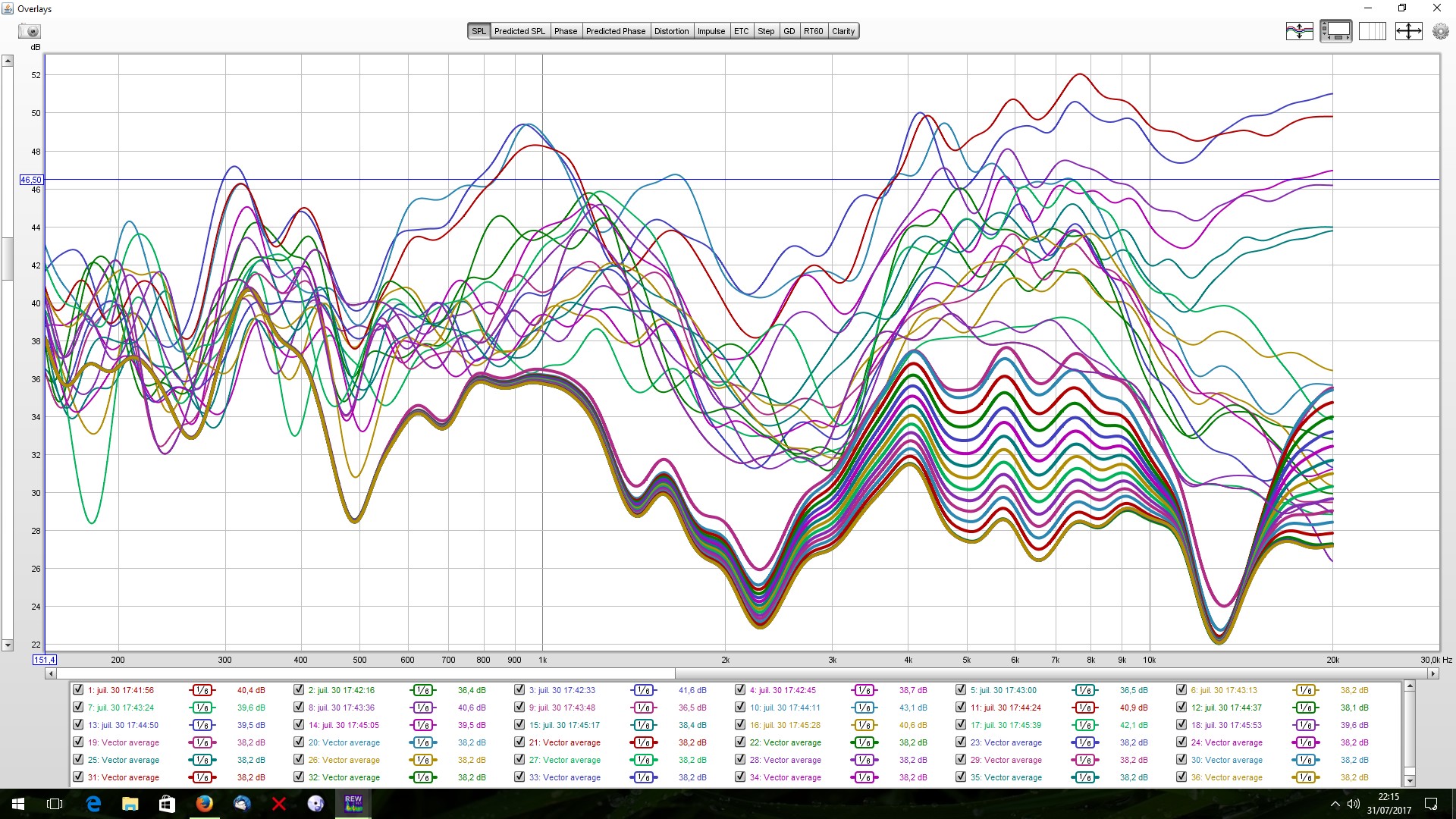
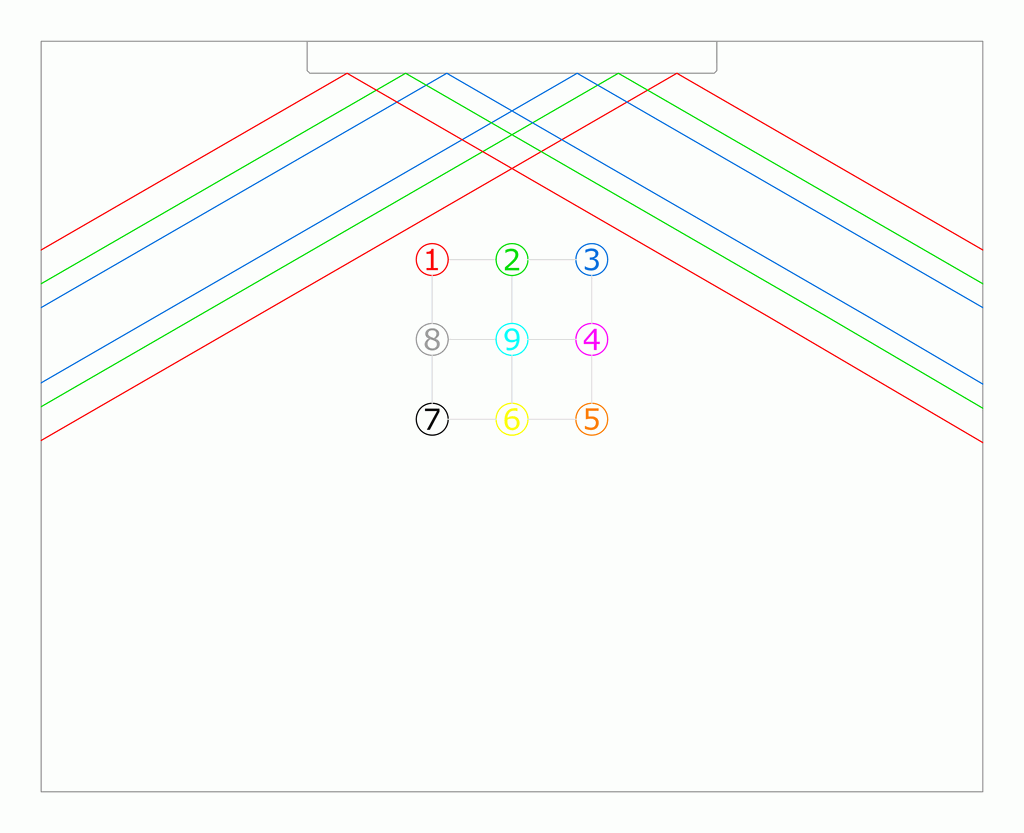
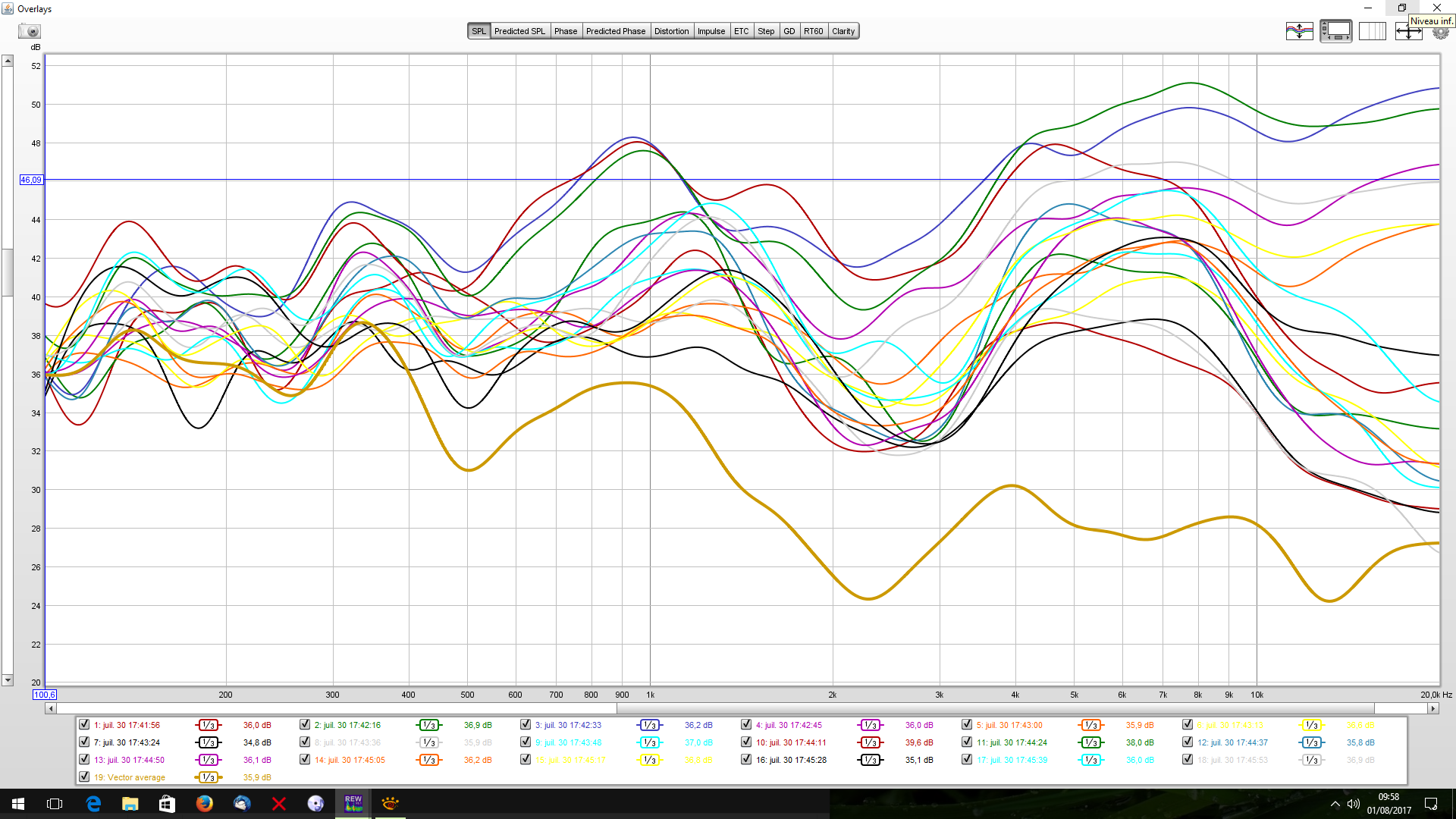
As I mentioned, using a linear frequency axis on the EQ window gives the graph a pretty odd appearance, is there a reason you don't use a normal log axis there?
I personally wouldn't apply EQ outside the bass range, but if you do use EQ on left and right above 100 Hz or so keep left and right filters the same, use very few filters, and adjust them until you like the sound you are getting.
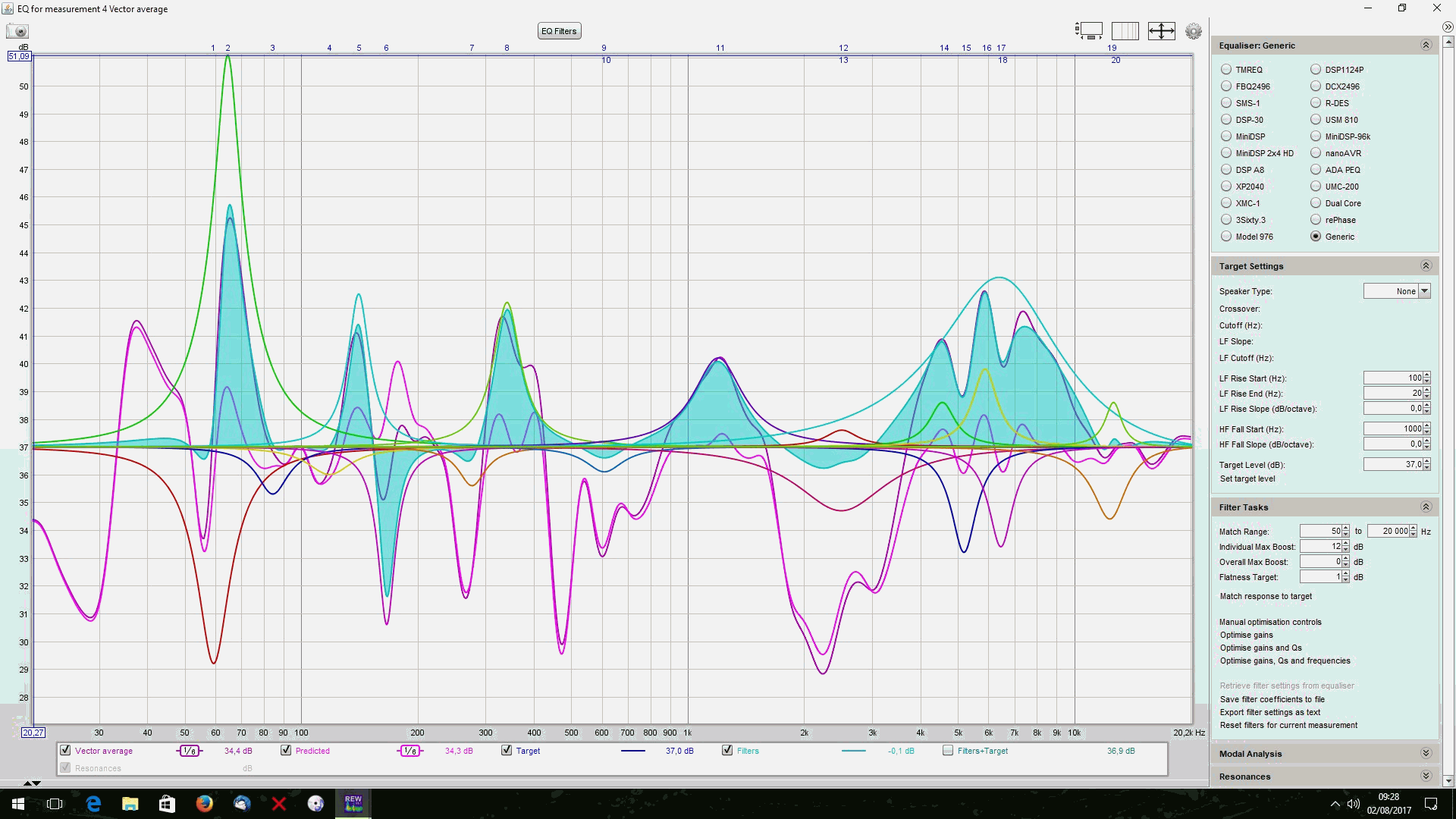
Because the ear and brain are very good at discriminating the direct sound from the later reflections and don't 'hear' what an in-room listening position measurement shows at high frequencies. If an anechoic measurement shows a speaker's response needs correction there is an argument for correcting that response, but the measurement needs to be of the speaker alone, not speaker+room. Tight windowing of the impulse response can give something approaching an anechoic measurement if the speaker and mic are as far as they can be from adjacent surfaces (including floor and ceiling).
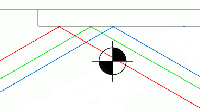
"As close as possible" isn't a good thing if you are trying to capture the speaker response, probably safer using 1m away on the tweeter axis.
The vector average takes into account both magnitude and phase, for that set phase differences between the measurements result in the average being below the individual measurements. If they are taken from the same position then either use a timing reference (loopback cable or acoustic) or time align the measurements before averaging.
Post the measurements and I'll have a look.
Measurement 1 is the problem, if you exclude that the result is more as one would expect. Difficult to say what has gone wrong with it, but the IR for that measurement also shows some odd pre-ringing. Noise floor looks quite high for all the measurements.
Possibly, difficult to say.
Measurement 1 is the problem, if you exclude that the result is more as one would expect. Difficult to say what has gone wrong with it, but the IR for that measurement also shows some odd pre-ringing. Noise floor looks quite high for all the measurements.






